
HOSTS- Jeremy Burns, Matthew Scott Phillips
TYPE- Ear Training
DURATION- 90:10
BUMPER MUSIC- "I Meant To Augment" (Area 47 Music)
ANNOUNCER- Mike Cunliffe
On this episode, we will dig deeper into augmented sixth (+6) chords. We will discuss the difference between these chords and the standard augmented triad. We will discuss the three types: Italian, French and German. Then we will test our ears to see if we can identify them in a chord progression.

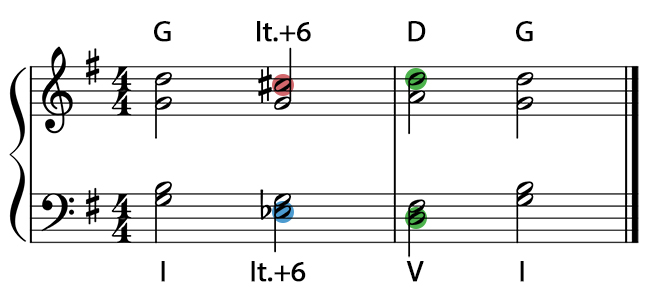

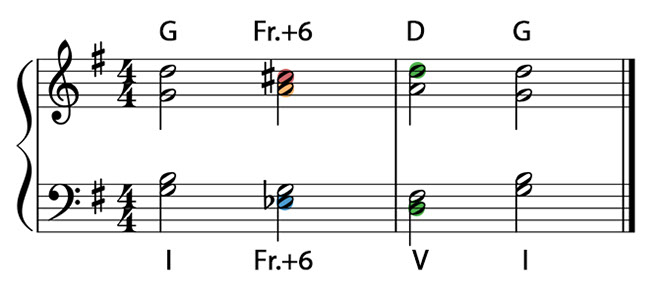

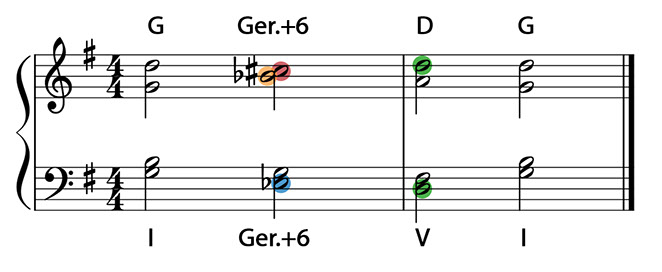
Let's take four listens to identify this chord progression. Below is a good strategy on how to use your listens wisely for each time the progression is played.

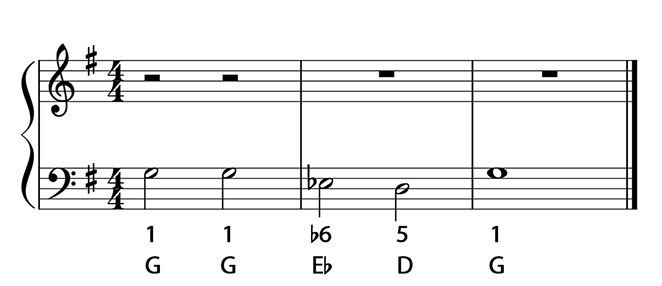
2nd LISTEN-THE SOPRANO
Use this listen to focus on the melody, or the soprano voice. When you hear that note, try to identify what scale degree it is and where it goes from there. Sometimes singing (in your head), from the identified note down to the the tonic, can help zero in on what scale degree it is. In this case, we hear that scale degree 5 begins the following progression in the highest voice:
5 - 6 - #4 - 5 - 5
Notate it!
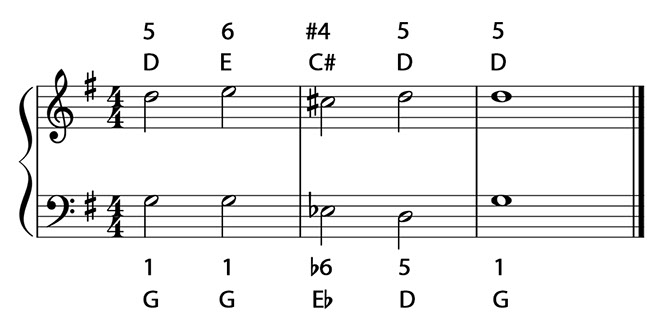
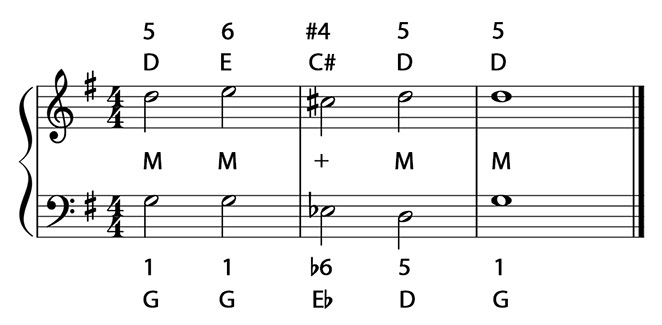
4th LISTEN-CONFIRMATION
Ideally, this listen will be your confirmation listen. Check out all the voices you filled in and make sure they make sense with what you're hearing.
Here's what it will look like:
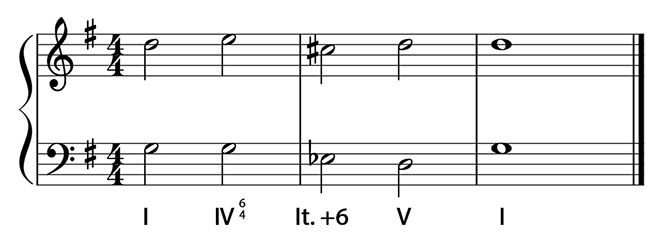
NOW LISTEN AS WE APPLY THIS APPROACH TO THE NEXT EXAMPLES
-When trying to determine which scale degree is in the highest voice, try singing down the scale from that note. If you feel you've reached the TONIC on the 3rd note down, that note is the 3rd. If you can keep going, perhaps not.
-Try practicing progressions using these chords, using CHORALE or KEYBOARD styles.
-Don't neglect the MINOR keys while working on these progressions.
-Try to get good at singing "in your head" or to your self. When you hear a chord, try to arpeggiate the notes in your head.
-Try to get good at identifying the bass lines when listening to music. These will be the first that you will want to identify when taking your listening exams.
-Budget your listens wisely. First identify the lowest notes. Second, identify the highest notes. Use the third listen to engage your theory brain and then the fourth to confirm.

